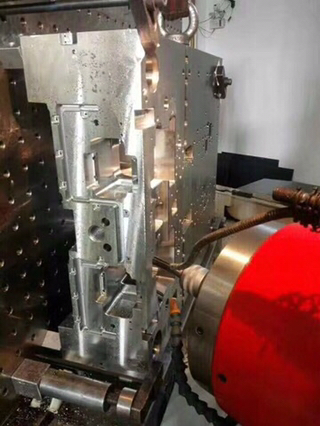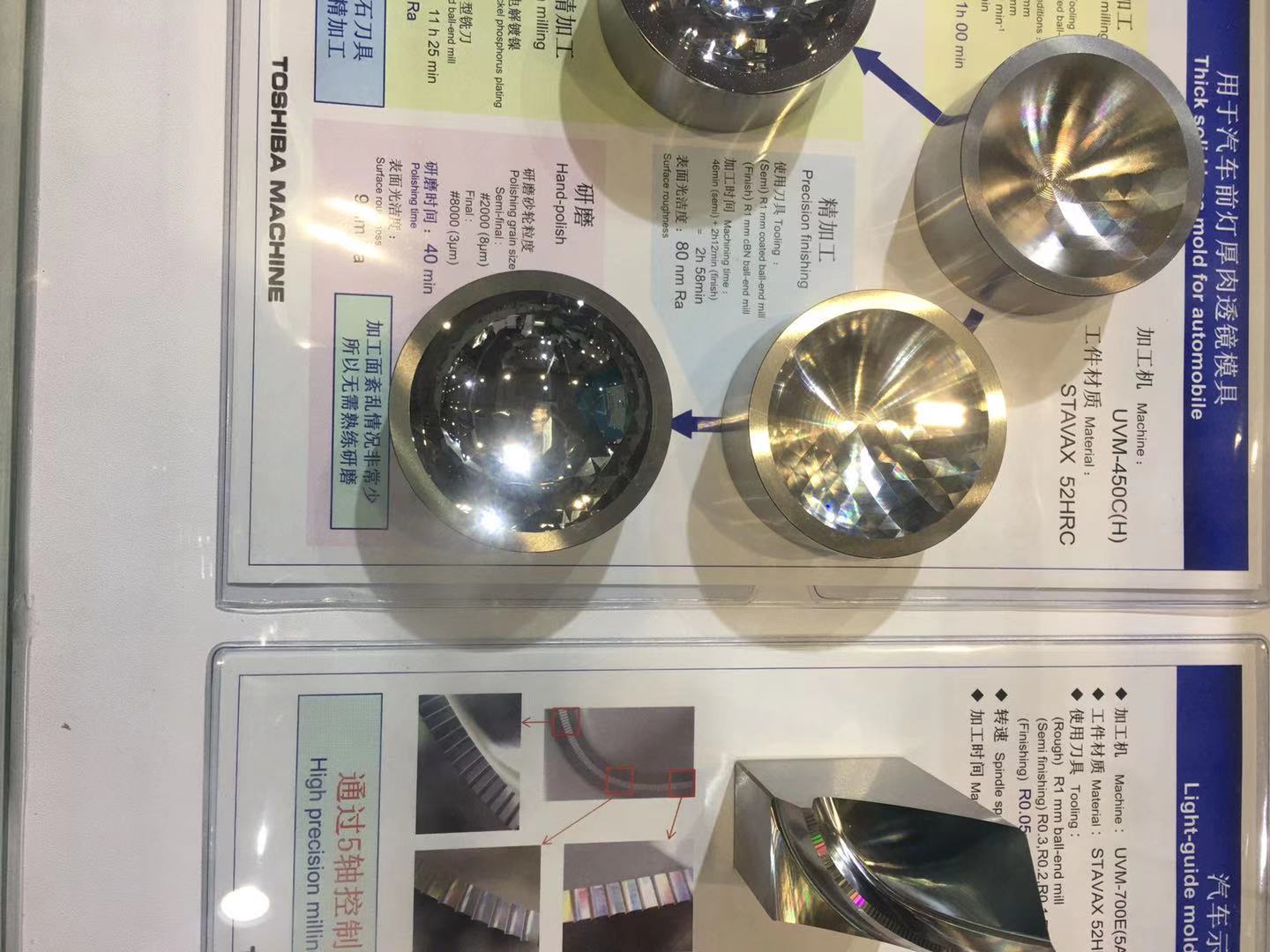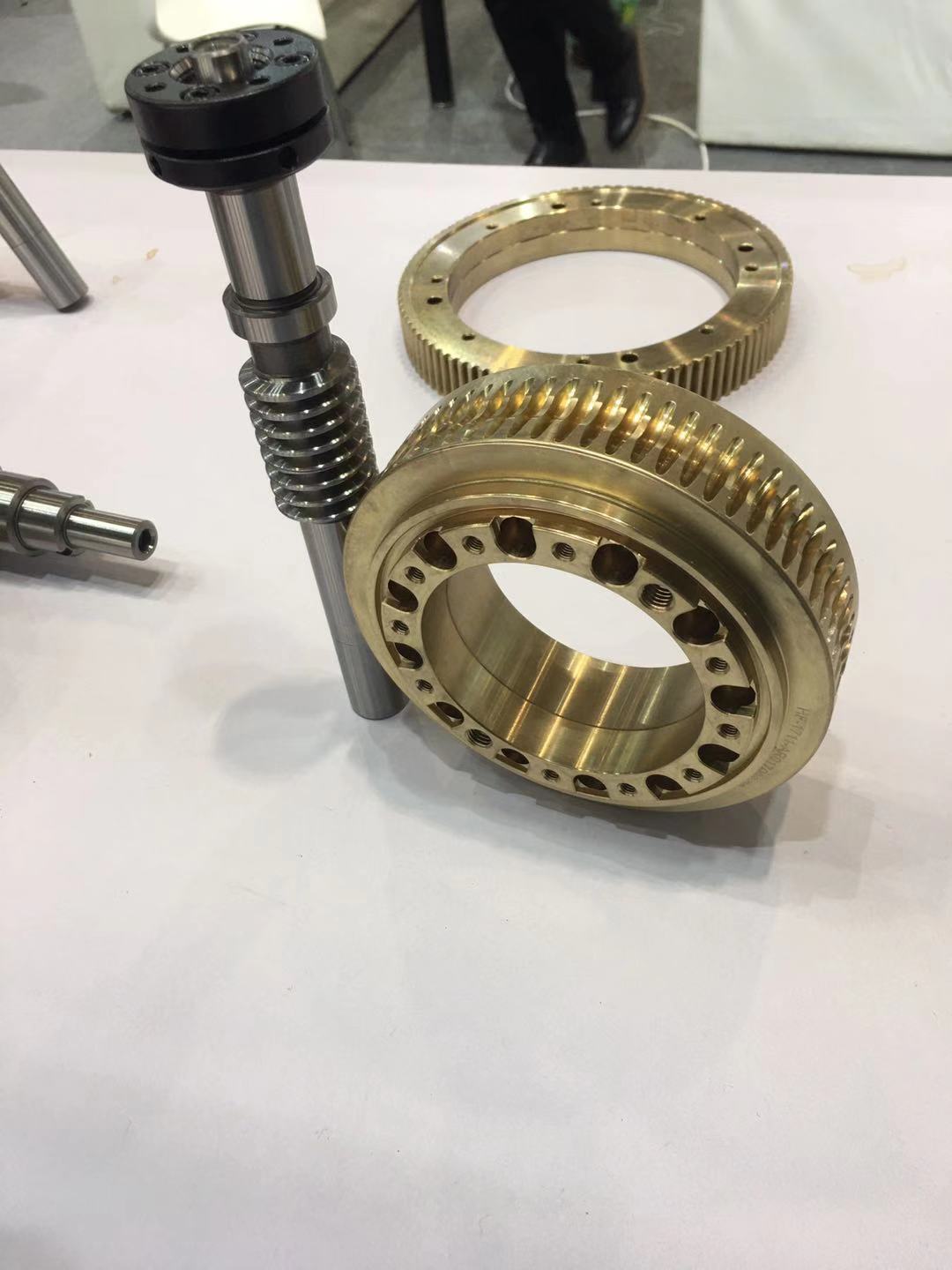What is plastic injection molding?
Plastic injection molding is a manufacturing process used to produce large quantities of identical plastic parts with high precision and efficiency. It involves injecting molten plastic material into a mold cavity, allowing it to cool and solidify, and then ejecting the finished product from the mold. This process is widely used in various industries such as automotive, medical, consumer electronics, and packaging, making it an essential technique in the modern manufacturing world.
The Injection Molding Process
The process of plastic injection molding starts with the design of a mold, also known as a tool or die. The mold is typically made of steel or aluminum and consists of two halves, the core, and the cavity. The core is fixed, while the cavity can be opened and closed, allowing for the injection of molten plastic material.
The first step in the injection molding process is the heating of plastic pellets or granules. The plastic material, commonly known as resin, is then fed into an injection molding machine through a hopper. Within the machine, the material is melted by heat and pressure, forming a molten mass. The molten plastic is then injected into the mold cavity under high pressure, filling it completely. Once the mold is filled, the plastic is allowed to cool and solidify, taking on the shape of the mold cavity.
After the plastic has cooled and solidified, the mold is opened, and the newly formed plastic part is ejected. The cycle time for each injection molding process can vary from a few seconds to a few minutes, depending on the size and complexity of the part. The cycle time also includes the time needed for the mold to cool before the next injection can take place.

Design Considerations
Designing for injection molding requires careful consideration of various factors to ensure the successful production of high-quality parts. One of the critical design considerations is the choice of material. Different plastic materials have varying physical and chemical properties, which can affect the performance and durability of the final product. Engineers and manufacturers must select the right plastic resin for each part, taking into account factors such as strength, rigidity, flexibility, and heat resistance.
Another design consideration is the shape and size of the part. The design should accommodate easy filling of the mold cavity and allow for easy ejection of the finished product. Sharp corners or thin walls can cause problems during the molding process, leading to defects such as warping, sink marks, and voids. Therefore, designers must consider draft angles, wall thickness, and part geometry to ensure a successful production run.
Applications of Plastic Injection Molding
Plastic injection molding has a wide range of applications, from small consumer goods to large industrial components. Some common examples of products made using this process include:
1. Automotive Parts - Plastic injection molding is widely used in the automotive industry to produce various parts such as interior and exterior trim, door panels, dashboards, and bumpers. The process allows for the production of lightweight, high-strength, and corrosion-resistant parts, making it an ideal choice for the automotive industry.
2. Medical Equipment - Many medical devices and equipment are made using plastic injection molding. The process allows for the production of complex and precise parts, making it suitable for applications such as syringes, catheters, and medical instrument handles.
3. Packaging - Plastic injection molding is widely used in the production of packaging materials such as containers, bottles, and caps. These products require high precision and can be produced in large quantities, making injection molding the most cost-effective method.
4. Consumer Electronics - A significant number of consumer electronics products are manufactured using plastic injection molding. These include cell phone cases, computer keyboards, remote controls, and camera components.

Precautions in Plastic Injection Molding
While plastic injection molding is a highly efficient and cost-effective manufacturing process, it does have some potential risks and challenges. Some precautions that manufacturers and designers must take into consideration include:
1. Material Selection - As mentioned earlier, choosing the right plastic material is crucial for the success of the injection molding process. The wrong material can lead to defects or a short product lifespan.
2. Mold Design- A well-designed mold is essential for the production of high-quality plastic parts. The mold must be able to withstand the high temperatures and pressures involved in the injection molding process.
3. Mold Cooling - The cooling process is critical in ensuring the plastic properly solidifies and takes the desired shape. Insufficient cooling can lead to warping, shrinkage, and other defects.
4. Quality Control - To avoid defects and ensure consistency in the production process, strict quality control measures must be in place. This includes regular inspection of molds and plastic parts for any defects.
Industry Development and Future Prospects
The injection molding industry has grown significantly over the years, with advancements in technology and the introduction of new materials and processes. One of the most significant developments is the use of computer-aided design (CAD) and computer-aided manufacturing (CAM) software to create 3D designs and simulations. This has greatly improved the efficiency and accuracy of the manufacturing process.
Moreover, there has been a growing demand for sustainable and environmentally friendly products, prompting the use of biodegradable and recycled plastic materials in injection molding. This trend is expected to continue, with more environmentally friendly materials being introduced into the market.
Another significant trend in the industry is the use of multi-shot or two-shot injection molding, where two different materials are injected into the mold cavity to produce a single product. This process allows for the production of more complex parts with different colors, textures, or materials and can reduce the need for assembly, resulting in cost savings.
GoodBo Mould Co., Ltd is your professional and efficient service partner, and your best supplier of Plastic mold,Plastic injection,Multi color injection molding,Blow Molding,Die Casting Mold,Mock up sample,Mold standard components and other products. Our products have a wide variety, excellent quality, reasonable prices, and are widely recognized and trusted by end users. With our innovative, dedicated, and experienced team, we can provide your mold manufacturer with the tools, products, and solutions they need.
Our factory is located in Shenzhen, the famous "manufacturing capital" of China. Having a professional management team and adopting a modern horizontal open management model. We define quality as the overall customer satisfaction and actively promote standardization of components and management. GoodBo Mould has global customers such as Nissan,FAW-Volkswagen,HONDA,Sony,HP,Canon,Haier,Samsung,Media,Ford,Hyundai,KONKA. We believe that "high quality comes from every detail", which is why we win customer loyalty. We welcome you to explore various possibilities.
FAQs Guide
2.How do plastic injection molding hardness and mould flexibility affect its performance?
3.About plastic injection molding delivery time
4.What kind of cooling systems are used for moulding?
5.What safety precautions should be taken when using plastic injection molding?
1.What type of steel is normally used for a plastic injection molding?
We focus on our customers' needs and strive to meet their expectations, so we take this very seriously.
Tool steel is typically used for moulds. Common types of tool steel include high-speed steel, hot-work steel, cold-work steel, shock-resistant steel, and plastic mould steel.
2.How do plastic injection molding hardness and mould flexibility affect its performance?
We pay attention to user experience and product quality, and provide the best product quality and lowest production cost for cooperative customers. Mould hardness and mould flexibility can have a significant impact on the performance of a mould. Harder moulds are more durable and can withstand higher temperatures and pressures, making them ideal for high-volume production. However, they are also more difficult to modify and can be more expensive to produce. On the other hand, softer moulds are more flexible and can be modified more easily, making them ideal for low-volume production. However, they are also more prone to wear and tear and can be less durable.

3.About plastic injection molding delivery time
3-4 weeks for the 1st.artical. Lead time for plastic mold manufacturing depends on the complexity of the mold and the size of the order.
4.What kind of cooling systems are used for moulding?
We have advantages in marketing and channel expansion. Suppliers have established good cooperative relations, continuously improved workflows, improved efficiency and productivity, and provided customers with high -quality products and services. The most common cooling systems used for moulding are water cooling systems, air cooling systems, and oil cooling systems. Water cooling systems are the most efficient and cost-effective, as they use a closed-loop system to circulate coolant through the mould to quickly cool the plastic. Air cooling systems use fans to blow air over the mould to cool it, while oil cooling systems use a heat exchanger to transfer heat from the mould to a cooling oil.

5.What safety precautions should be taken when using plastic injection molding?
We pay attention to the transformation of intellectual property protection and innovation achievements. Your OEM or ODM order design we have a complete confidentiality system.
1. Wear protective gloves, goggles, and a face mask when handling moulds.
2. Avoid breathing in mould spores by working in a well-ventilated area.
3. Clean and disinfect moulds before and after use.
4. Avoid contact with skin and eyes.
5. Dispose of moulds properly after use.
6. Store moulds in a dry, cool place away from direct sunlight.
7. Wear long sleeves and pants when working with moulds.
8. Avoid eating or drinking while working with moulds.
9. Wash hands thoroughly after handling moulds.
10. Use a dust mask when sanding or grinding moulds.

